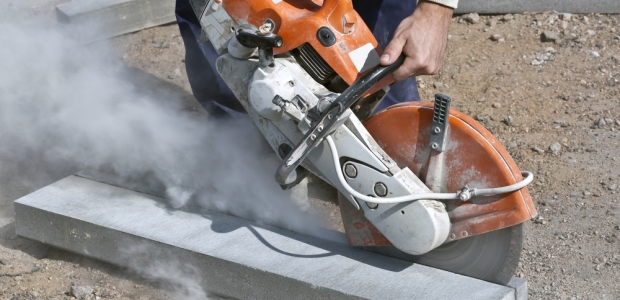
OSHA Announces Jan 14. Web Chat on Proposed Silica Rule
The 90-minute chat will discuss in detail the rule, which would reduce the agency's PEL for workers' exposure to respirable crystalline silica in general industry, construction, and maritime.
OSHA will host a live web chat on Jan. 14 where staffers will discuss the agency’s proposed rule on occupational exposure to respirable crystalline silica. It will take place from 1-3:30 p.m. EST on that date, and stakeholders can visit http://www.osha.gov/silica/webchat.html to participate.
OSHA published the 755-page rule in September 2013 and initially allowed 90 days for comments, then extended the comment period until Jan. 27, 2014 (www.regulations.gov, Docket No. OSHA 2010-0034). One commenter asks for a full year in which to submit comments and said OSHA has not shown its proposed lower PEL for silica is achievable or necessary.
According to OSHA's announcement, chat participants will be able "to ask questions, get clarification from OSHA on the proposed silica rule and learn how to participate in the regulatory process. OSHA staff will be available to clarify the proposed standards related to silica for general industry, maritime and construction. Staff will also answer questions on OSHA's underlying analysis of health risks, potential costs and benefits, and economic impacts associated with the proposed rule and how to submit comments to the rulemaking record."
The agency's proposed PEL of 50 micrograms per cubic meter of air as an eight-hour time weighted average is half of the current PEL for quartz, the most common form of crystalline silica, in general industry and far below the now-obsolete PELs for crystalline silica applied to construction and shipyards; it would be approximately equivalent to 250 μg/m3, according to the proposed rule and to Assistant Secretary Dr. David Michaels. OSHA has defined the action level for the proposed standard as an airborne concentration of respirable crystalline silica of 25 μg/m3 calculated as an eight-hour TWA, as is typical in its other standards: The action level, which triggers exposure monitoring, has been set at half of the PEL.
OSHA is proposing other elements of a comprehensive health standard, including requirements for exposure assessment, preferred exposure control methods, respiratory protection, medical surveillance, hazard communication, and recordkeeping.
Information on the proposed rule can be found at http://www.osha.gov/silica.